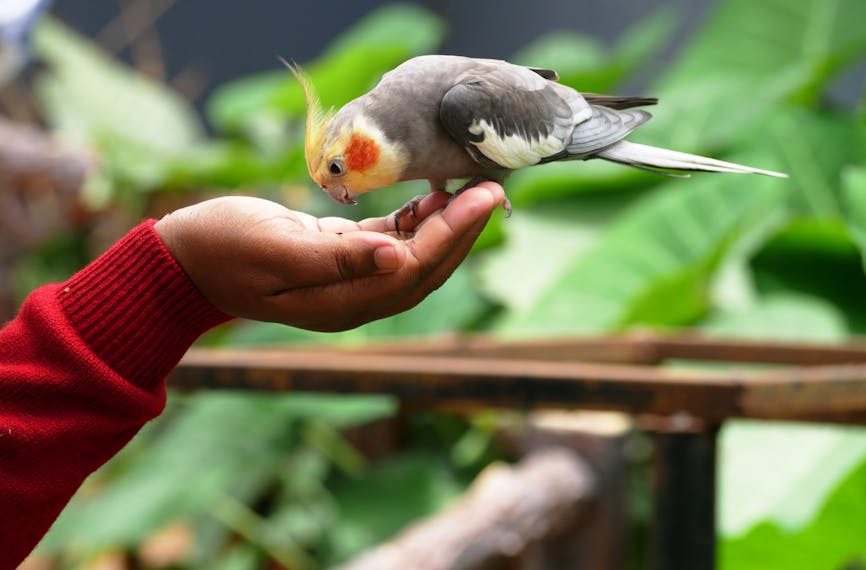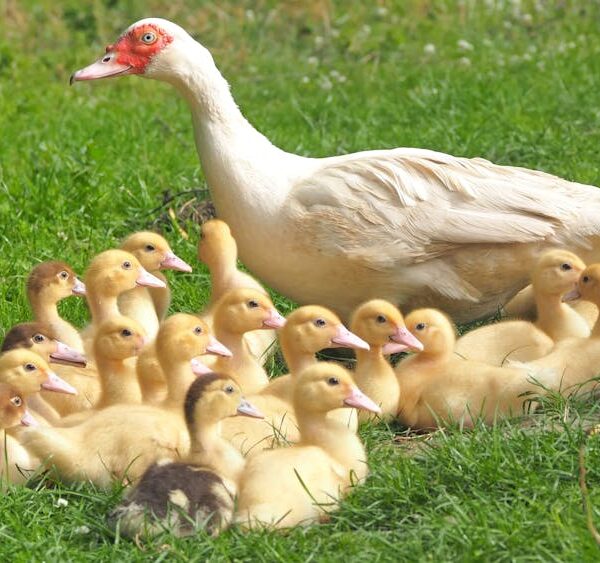On an average day, we may hear melodious birdsong outside our window or catch a glimpse of a bird hopping on a tree branch. However, these vibrant and highly diverse creatures, so integral to our ecosystems, are endangered by numerous factors that can severely threaten their existence. From natural predators to urbanization, a multitude of hazards lurks in their surroundings. Let’s delve deeper into these threats and explore what we, as responsible conservationists, can do to minimize their impact.
Predation: A Natural but Dangerous Act
Natural selection and survival in the wild revolves around the eat or be eaten rule. Predation is indeed a natural aspect of the ecosystem – carnivores preying on herbivores, larger predators hunting smaller ones. However, when it comes to birds, predation poses a substantial risk, especially when their traditional predators are accentuated by introduced species with no natural checks in place.
Predators of birds vary widely, depending on the environment. These range from larger birds of prey, like eagles and owls, to land-dwelling creatures like cats and snakes. Even some species of insects pose risks to vulnerable chicks or eggs. Birds deploy diverse survival strategies, including flying, utilization of camouflaged nests, and nesting in high or inaccessible places to avoid predation. Despite their defensive tactics, many birds fall prey, emphasizing the need for balanced ecosystems and careful management of introduced species.
Environmental Toxins and Pesticides: Unseen Killers
Another, more insidious, threat to birds comes from environmental toxins and pesticides. These substances, widely used in agriculture and households, can have fatal effects on birds. They can contaminate the soils, water sources, and food supplies that birds rely on, leading to poisoning and often death.
Here are a few ways to reduce bird exposure to these toxins:
- Opt for eco-friendly pest control methods that do not harm wildlife.
- Minimize household waste and dispose of recyclables properly.
- Avoid using toxic cleaning products that could contaminate our water and soil.
Human Activity: Urbanization and Loss of Habitat
The increasing pace of urbanization and infrastructural development by humans presents one of the most substantial threats to birds. As forests are cleared for buildings and roads, birds lose their natural habitats, directly leading to a decline in their populations. Light pollution in cities also disrupts the migratory patterns and breeding cycles of various bird species.
Here’s how individuals can mitigate these impacts:
- Create bird-friendly yards by planting local trees and maintaining bird feeders.
- Participate in local conservation efforts to preserve bird habitats.
- Advocate for sustainable development and urban planning that takes biodiversity into account.
Birds are vital to our ecosystem, serving as pollinators, pest controllers, and indicators of environmental health. In the next segment of this article, we will explore the threats posed by climate change and diseases, shedding additional light on what can kill birds and how we can contribute to their preservation.
Climate Change: An Escalating Threat
From melting polar ice caps to long drought spells worldwide, we all bear witness to the profound impacts of climate change. For birds, this escalating threat comes with dire consequences. Changes in temperature and seasonal patterns disrupt their food availability, derail their traditional migratory patterns and push some species towards the brink of extinction. For instance, warmer winters could lead to premature breeding, while more lines of erratic weather events could destroy nests or make food scarce.
As daunting as the situation may seem, each one of us can help combat climate change. Here’s how:
- Minimizing our carbon footprint by adopting energy-efficient appliances, reducing waste, and recycling more effectively.
- Supporting renewable energy initiatives and advocating for policies that curb greenhouse gas emissions.
- Educating ourselves and others on the impacts of climate change on wildlife, to create a greater sense of ownership and urgency in dealing with this issue.
Disease and Parasites: Silent Threats to Bird Health
Much like us, birds can fall prey to a variety of diseases and parasites. These illnesses pose a constant threat, not only to wild birds who may lack access to immediate medical care but also to domesticated bird species. Common bird diseases include Avian influenza, West Nile virus, and various parasitic infestations, all of which can swiftly decimate bird populations if not managed properly.
Keeping an eye out for symptoms and taking prompt action can make a significant difference. Here is a checklist to help you monitor bird health:
- Check for any changes in birds’ behavior.
- Monitor their appetite – a sudden decrease could indicate illness.
- Look out for any visible changes in their feathers, eyes, beaks, or feet.
- Pay attention to bird droppings; unusual droppings often signal a health problem.
For domestic birds, regular vet checkups and a well-balanced diet can contribute significantly to their good health. For wild birds, responsible practices such as cleaning bird feeders regularly and reporting sick birds to local wildlife authorities can limit the spread of diseases.
Ultimately, it’s up to all of us to play our part in protecting these feathered denizens of our planet. Knowledge and awareness paired with effective action can make a world of difference to their survival. Remember, each bird saved is a step towards maintaining the delicate balance of our planet’s biodiversity.
Key Takeaway:
- Predation by natural predators and introduced species poses substantial risks to bird populations.
- Environmental toxins and pesticides used in agriculture and households can contaminate bird habitats, leading to poisoning and mortality.
- Human activities, including urbanization and infrastructure development, result in habitat loss and disruption of bird migratory patterns and breeding cycles.
- Climate change, characterized by changes in temperature and seasonal patterns, disrupts birds’ food availability and migratory patterns and pushes some species towards extinction.
- Diseases and parasites present silent but significant threats, affecting both wild and domestic bird populations.
In the face of these threats, every individual can make a difference. By adopting eco-friendly practices, participating in conservation efforts, reducing our carbon footprint, and being vigilant about bird health, we can help to ensure the survival of these integral members of our ecosystems. Continual learning and awareness, coupled with effective actions, are our strongest tools in protecting our planet’s delicate balance of biodiversity.
FAQs
Q: Are all bird species equally susceptible to these threats?
A: No, susceptibility to these threats can vary among bird species, based on factors such as their habitats, dietary habits, and migration patterns. However, most bird species are affected to some extent by these threats, making conservation efforts extremely important.
Q: How can I identify if a bird in my backyard is suffering from a disease?
A: Look out for changes in the bird’s behavior, appetite, or appearance, such as changes in its feathers, eyes, beaks, or feet. Unusual droppings can also be a sign of a health problem. If you observe any such symptoms, report it to your local wildlife authorities.
Q: Can bird feeders attract unwanted predators?
A: Yes, bird feeders can sometimes attract predators, including cats, raccoons, and larger birds of prey. It’s essential to place your bird feeder in a safe location, preferably high off the ground and away from places where predators can hide.
Q: How do changes in climate affect bird migration?
A: Changes in climate, such as shifts in temperature and seasonal patterns, can disrupt traditional migratory patterns. These changes can impact the timing and availability of food sources along migratory routes, making migration more challenging for birds.
Q: Are domestic birds at the same risk from environmental toxins as wild birds?
A: While domestic birds are usually protected from some of the direct impacts of environmental toxins, they can still be affected indirectly by contaminants brought into the home, or through their food and water. It’s important to minimize your use of harmful chemicals and ensure your bird’s habitat is clean and safe.
Feel free to share this article with others interested in bird conservation. Discover more posts on our website to learn about other fascinating aspects of our natural world.












